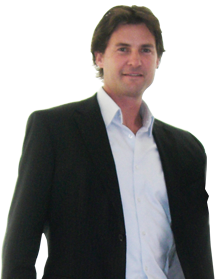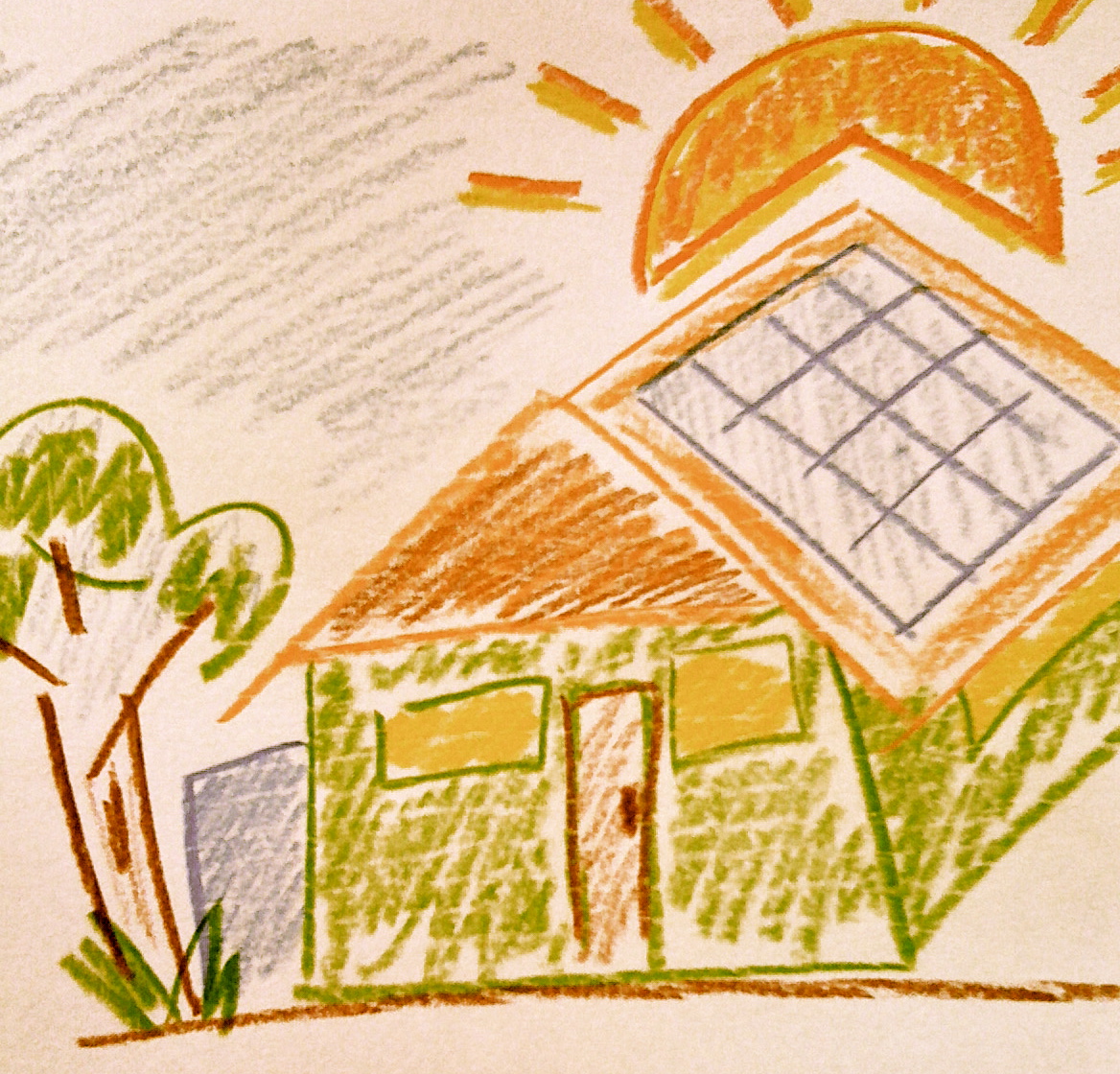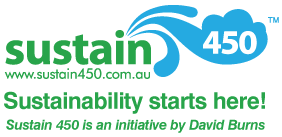
Welcome
David Burns is an environmental chemist with expertise in laboratory data audits, green chemistry, and industrial ecology. David is available to help business & professionals integrate sustainable supply chains and energy efficiency into service offerings. The following blog topics are intended to invoke awareness and/ or action in Going-Green. You are also invited to create a Free Whoisgreen business profile using the link above. David Burns is a NSC member of the Rocky Mountain Institute.

Sustainability means different things to different people, depending upon ones experience and perspective. The best way to define sustainability is to begin by deriving your own values and actions dependant upon your commitment and affordability. The following categories shape the criteria: Efficient, Sustainable, & Restorative Homes. Read more...
Most sustainable homes start out as not sustanable and are usually occupied by families possessing only a basic understanding of how a home becomes sustainable. The sustainable home evolution typically starts from an apathetic position, as it did for me, and then transitions into an educational phase. This phase is quickly followed by either a skeptical or adoption phase. Those who choose to adopt the principals of sustainability to design and build a sustainable home (assume two adults & two children) can set their targets for one of the following three categories of sustainable homes -
Efficient Homes: eliminates most waste, but consume more than they generate.
- Electricity Consumption: 15-25kWh/day.
- Gas Consumption: 20-40MJ/day (summer), 400-500MJ/day (winter).
- Water Consumption: 200-300L/day.
Sustainable Homes: eliminates all waste, plus consume only what is produced or generated on-site.
- Electricity Consumption: 15-25kWh/day.
- No Gas (Zero Oil sources: rely on hot water heat pumps & solar thermal, and induction cooktops) as preferred by Beyond Zero Emissions.
- Water Consumption: 200-300L/day.
- Constructed from low impact & recycled materials.
- Real-time monitoring of energy & water (consumption control).
- Large native Landscapes supporting local biodiversity.
Restorative Homes: generate more than is consummed on-site.
- Internal size intensity (floor space ratio): 30m2 per person - 50m2 per person.
- Can be recycled.
- Do not require maintenance within a 12 year cycle.
Food sources are part of sustainable lifestyles rather than home design.
David Burns is a Sustainability Advisor and Analyst, www.sustain450.com.au
Do you agree with these metrics? Share your opinion with me with a comment.









